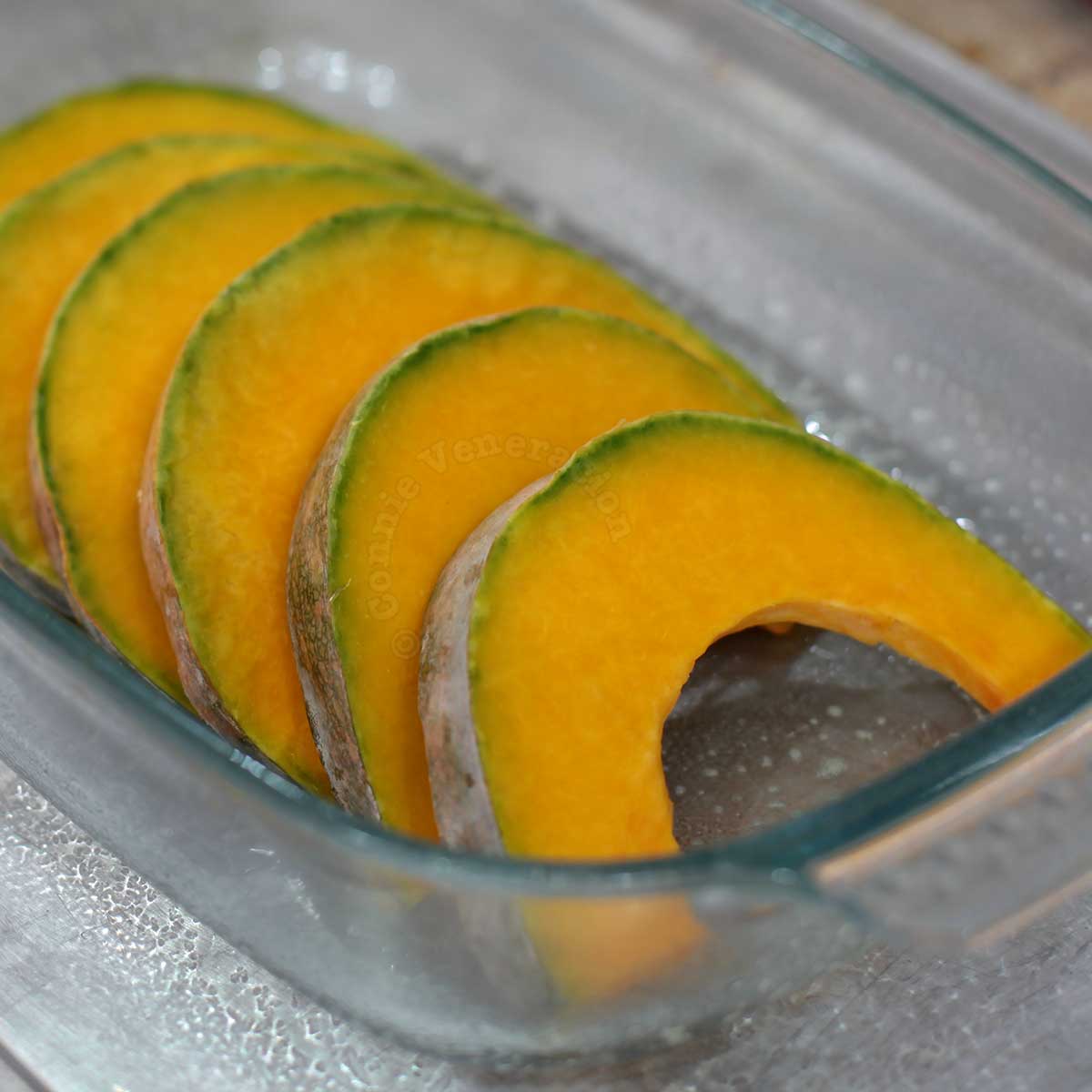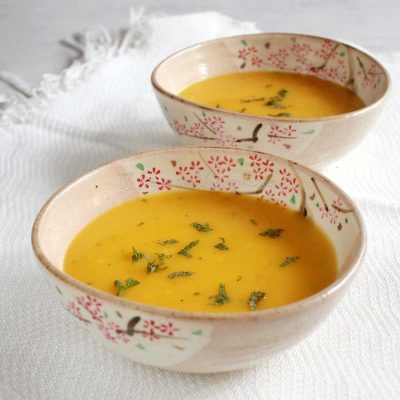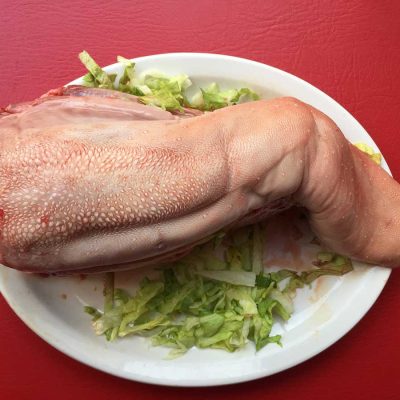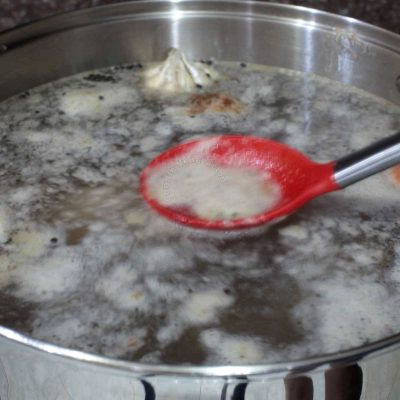Squash figures in a ton of Southeast Asian dishes. In the Philippines, we call squash kalabasa. It’s calabaza in tropical America.
Uncut, calabaza is round (occasionally, the top and bottom may be flattened), the thick hard skin is green (sometimes grayish) with specks of yellow and yellow green. Inside, the flesh is yellow-orange. The flesh cradles the hollow core where the seeds are loosely stored.
Visually, the inside of the calabaza is like pumpkin. To the untrained eye, if calabaza and a pumpkin that had been cut open were placed side by side, it might be difficult to guess which is which without peeking at the color of the skin.
Calabaza is not a pumpkin but common usage can be a source of confusion. So, let’s decipher this calabaza-pumpkin issue.
Let’s start with the plant family Cucurbitaceae. It’s a huge family that includes gourds, melons, cucumber and even loofah. The Cucurbitaceae family is divided into some 95 genera, one of which is Cucurbita.
What we call kalabasa in the Philippines can be Cucurbita moschata or Cucurbita maxima. Originally from tropical America (where it is called calabaza) where many regions were also Spanish colonies, it is reasonable to assume that it was the Spaniards that introduced calabaza to the country.
Pumpkin, on the other hand, isCucurbita pepo. Pumpkin is round and the color varies from deep yellow to bright orange.
Okay, that’s all very interesting but what practical use is there for all that information? Well, it’s useful when substituting ingredients.
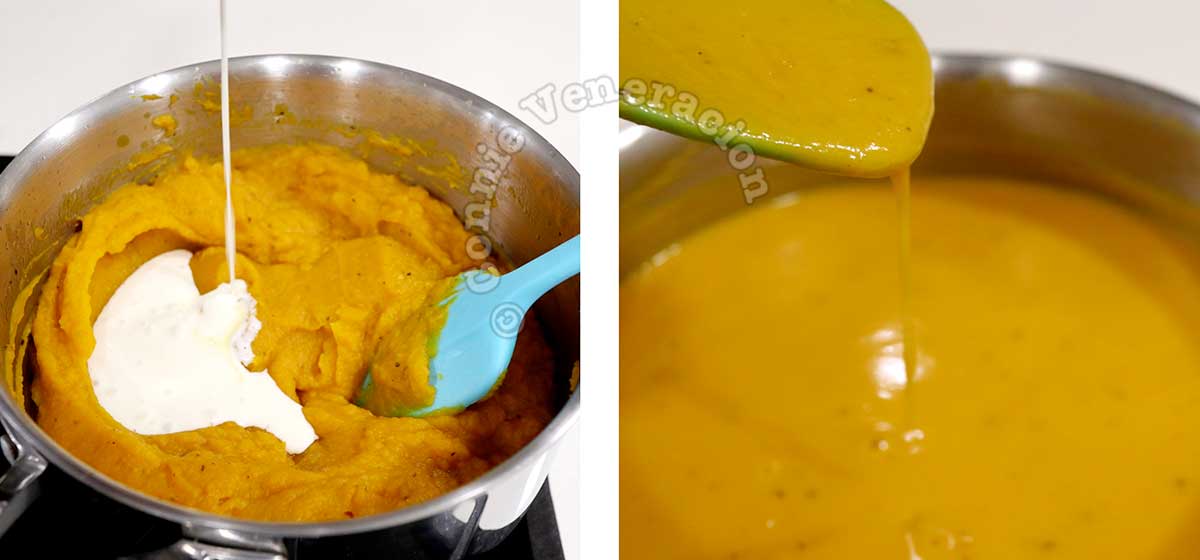
When adapting non-Asian recipes that include pumpkin among the ingredients, I substitute kalabasa. It’s sweeter, creamier and less watery. Plus, pumpkin sold in the Philippines are imported and they are pricey.
On the flipside, when non-Asian readers see a recipe withkalabasa, they ask what they can substitute forkalabasawhich does not grow in cold regions. I tell them, “Use butternut squash.” It seems to be the closest in terms of texture.
Squash (not pumpkin) soup
My nth version of squash soup. Just when I thought my last version was good, I discovered it could be made better.

